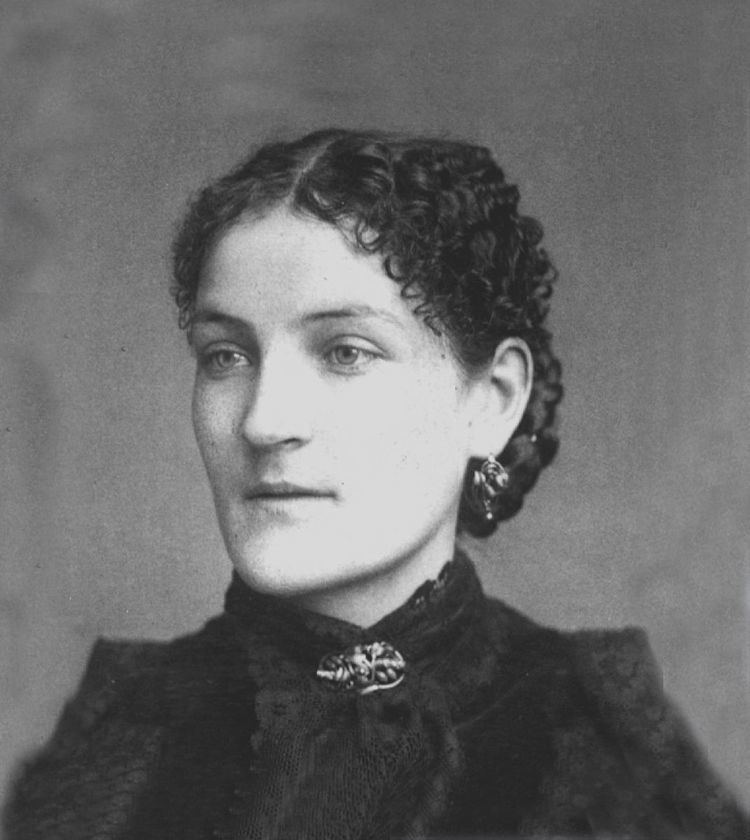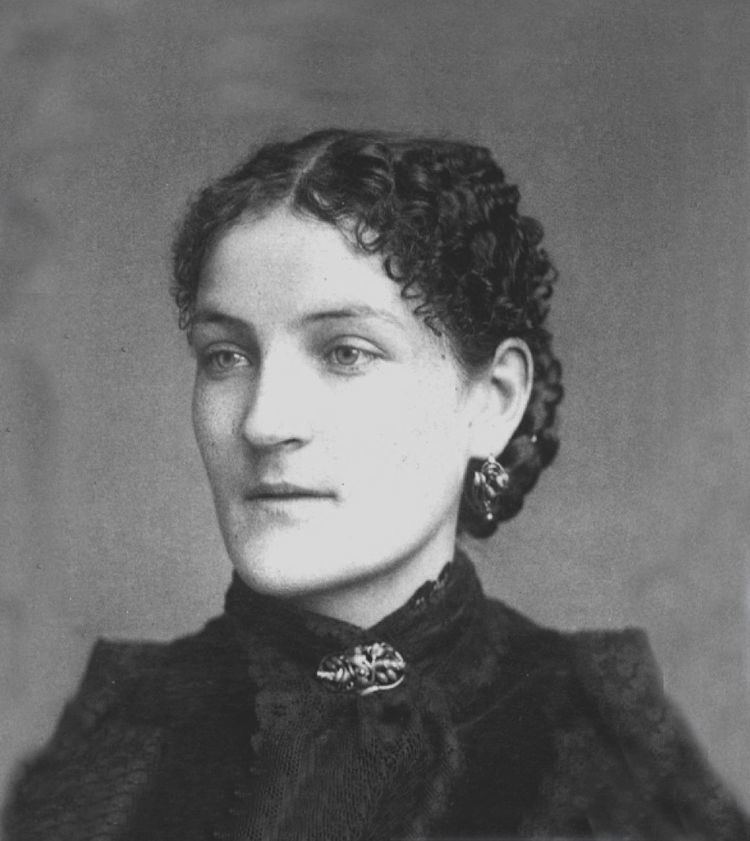Name Jane Walton | Died 1891 | |
 | ||
Jane McKechnie Walton was born on July 16, 1847 in Edinburgh, Scotland. She was the daughter of Jane (Jean Tinto) Bee and John McKechnie. Her father was a bell molder by trade and died of typhoid on January 3, 1848 when Jane was just eighteen months old. Her grieving mother gave birth to the McKechnie's only son a few months later. Within another year, Jane's mother was taught about The Church of Jesus Christ of Latter-day Saints (LDS Church) by two Mormon missionaries. She believed their words and was baptized into the LDS Church on February 21, 1850. Several months later, Jane's grandmother, uncle and aunt followed her mother, Jean's footsteps and also joined the newfound religion. By September 1850, Jane's mother, grandmother, uncle, aunt and her own brother and sister were booked for ocean travel on The North Atlantic ship which was bound for New Orleans in America.

After reaching America, the family made their way up the Mississippi River and into St. Louis where they spent the winter of 1850. Jane's mother worked in and around St. Louis and Winter Quarters, Iowa until she had earned enough money to join the Thomas Howell Wagon Company in 1852. The company traveled 1,100 miles across the American plains, with Jane, now 6 years old, walking most of the way barefooted. The arrived in the Salt Lake Valley with other Mormon Pioneers in September 1852.

While living in Salt Lake City and Bountiful, Utah, Jane witnessed the Utah War. This was an interesting time in United States history with the election of Abraham Lincoln, the Civil War and the abolition of slavery. Jane matured and eventually married Charles E. Walton, Sr. on February 22, 1867. Together, they responded to the call from Territorial Governor and Church President Brigham Young to travel north and settle the Woodruff, Utah area. After several years in Woodruff, the Walton's were called to join other pioneers in settling the four corners area of Utah.
On the way to the four corners destination, they pioneers followed a route given them by experienced guides. The new route was intended to be shorter and safer. Soon, the pioneers found themselves in what is known today as the Grand Escalante Staircase. Winter fell upon them and they were trapped at the cliff's edge of a place called Hole in the Rock. In a trip that was supposed to take 6 weeks, the pioneers spent nearly 6 months blasting and cutting their way through the steep canyon wall. Once through, they lowered their wagons and 1,000 head of cattle down the nearly vertical 2,000 foot cliff to the Colorado River basin below. This single event became the most treacherous one-hundred miles in pioneering history.
The Walton's joined the members of the Hole-in-the-Rock expedition in settling a beautiful valley surrounded by red rock cliffs called Bluff, Utah. There, they build the Bluff Fort and dealt with renegade outlaws and murderous Indians. One Indian Chief named William Posey created the greatest concern for the settlers and was feared by them. On one occasion, Jane Walton had a confrontation with Chief Posey in which he threatened her with his rifle. Without thinking, Jane struck the felonious native with her garden hoe and knocked him unconscious to the ground. Fearing she had killed him, Jane returned to her gardening while she gathered her thoughts. Upon hearing her faithful dog growling, Jane turned in time to see the Indian chief climbing on his pony with her dog hanging from his britches. He rode off and wasn't heard from for weeks.
Many of the townspeople feared that Chief Posey and his warriors would return and kill the settlers because Jane stood up to him. Some time later, he did return. Jane was in her kitchen cooking cornbread when she heard the door to her cabin creaking as it opened. Chief Posey's hat, on the end of a stick was pushed through the opening of the door. Within a few seconds, Posey stuck his head in the room and announced, "me no mad, me want biscuit!" Jane told him to wait in the corner and she'd fix him something to eat. From that day forward, Jane and the Indian Chief were good friends.
Within a few years, Jane's husband Charles was asked to travel 40 miles north and homestead a place that would eventually become Monticello, Utah. There, the Walton's joined six other families in developing the town. They lived there for several years until Jane's untimely death on July 24, 1891. Jane was shot and killed during a statehood celebration.
Jane McKechnie Walton was the first person buried in the Monticello, Utah cemetery.
